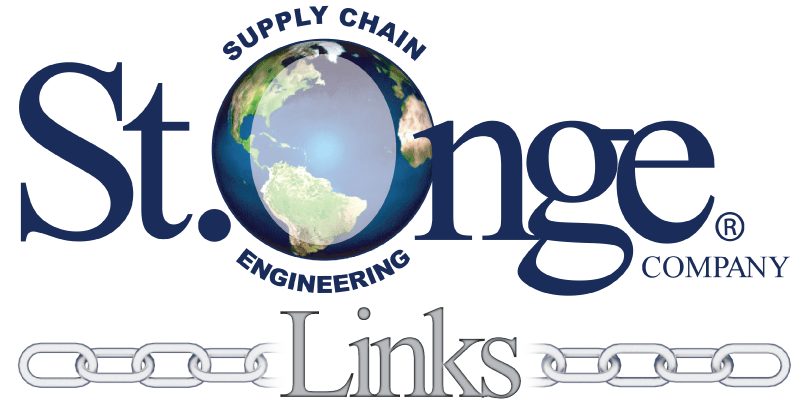 Strengthening your supply chain one link at a time.
Strengthening your supply chain one link at a time.
In 2021, my professional journey embarked on an intriguing shift, transitioning from the dynamic realm of manufacturing as a continuous improvement engineer to the intricate world of supply chain network design. While these two domains may appear distinct at first glance, they share a fundamental commonality: the relentless pursuit of efficiency and optimization. Within the manufacturing arena, continuous improvement (CI) engineers serve as key personnel, employing a systematic approach to identifying and eliminating waste, ultimately enhancing productivity and reducing costs. In contrast, supply chain network designers leverage mathematical modeling and sophisticated software tools to meticulously craft and optimize supply chains, minimizing costs and maximizing customer satisfaction.
As I delved into the supply chain network design world, I found myself drawing parallels with the CI principles that had become ingrained in my previous role. Just as lean principles in CI demand data-driven decision-making, supply chain network design relies on a comprehensive analysis and understanding of the client’s current state supply chain, typically 12 months. By meticulously collecting, analyzing, and interpreting data, we gain valuable insights into the intricacies of our client’s supply chains and with the use of supply chain modeling software such as Llamasoft’s Supply Chain Guru or LogicNet or Optilogic’s Cosmic Frog, we can identify areas for improvement and make informed decisions to optimize the supply chain.
Another critical element of CI is the principle of value stream mapping (VSM), involving visually representing the entire workflow to identify and eliminate non-value-added activities, often referred to as “waste.” This principle seamlessly extends into supply chain network design. In this context, we assess our client’s current position and what lies ahead, meticulously mapping and analyzing their customer base, product mix, operations, and business strategies. The goal is to minimize inefficiencies, identify bottlenecks, and uncover obstacles to growth throughout our client’s supply chain, thereby reducing unnecessary steps and delays.
CI also emphasizes the active participation of all key stakeholders in the process of improvement. One effective way to do this is through Kaizen events. Kaizen a Japanese term that means ‘change for better’ (from 改 kai – change, revision; and 善 zen – virtue, goodness) with the inherent meaning of either ‘continuous’ or ‘philosophy’ and is commonly used to refer to ‘continuous improvement’. Kaizen events build on the Kaizen philosophy that emphasizes small, incremental improvements. Similarly, supply chain network design demands a collaborative approach. We must engage with our clients to identify the data that needs to be collected and the key areas of focus. An open and thoughtful dialogue between the teams will support ensuring that the solution aligns with the overall business strategy.
One of the most valuable lessons I have carried from my CI experience is the importance of process standardization. In the manufacturing setting, there is meticulous documentation and standardization of processes to ensure consistency and reduce variability. This same principle is applied to supply chain network design. By standardizing data collection, analysis, and modeling methodologies, we ensure that our optimization efforts are replicable and scalable across different supply chain scenarios.
Another essential lesson from CI is the concept of continuous improvement. CI is not a one-off event; it’s an ongoing journey of identifying, implementing, and evaluating improvement initiatives. The CI mindset, emphasizing adaptability and drawing lessons from every process iteration, aligns perfectly with the ever-changing landscape of supply chain network design. As market conditions, customer demands, and technological advancements evolve, we develop supply chain strategies that enable us to swiftly respond and adapt.
In brief, transitioning from continuous improvement engineering to supply chain network design has been a journey of discovering the seamless integration of principles. The lessons learned in one realm have proven to be invaluable in the other. The principles underpinning CI, such as data-driven decision-making, value stream mapping, stakeholder engagement, process standardization, and continuous improvement, are equally applicable in supply chain network design. By embracing these CI principles, we design supply chains that are not only efficient but also resilient, adaptable, and aligned with the overall client’s business strategies. As I continue to navigate this intricate landscape, I am reminded that the principles of CI are not confined to a specific role or industry – they are universal pillars that serve as the foundation for success in any endeavor.
—Odi Niyomugabo, St. Onge Company